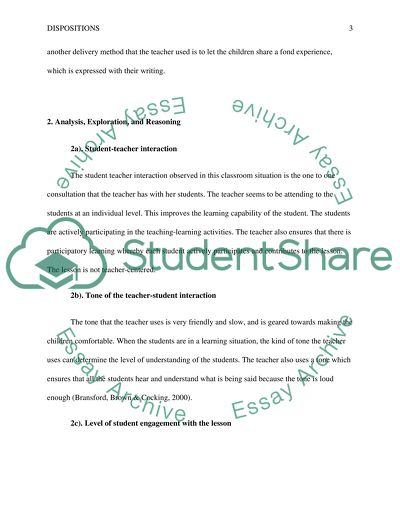Cite this document
(“Dispositions Essay Example | Topics and Well Written Essays - 2000 words”, n.d.)
Retrieved from https://studentshare.org/education/1442687-dispositions
Retrieved from https://studentshare.org/education/1442687-dispositions
(Dispositions Essay Example | Topics and Well Written Essays - 2000 Words)
https://studentshare.org/education/1442687-dispositions.
https://studentshare.org/education/1442687-dispositions.
“Dispositions Essay Example | Topics and Well Written Essays - 2000 Words”, n.d. https://studentshare.org/education/1442687-dispositions.


